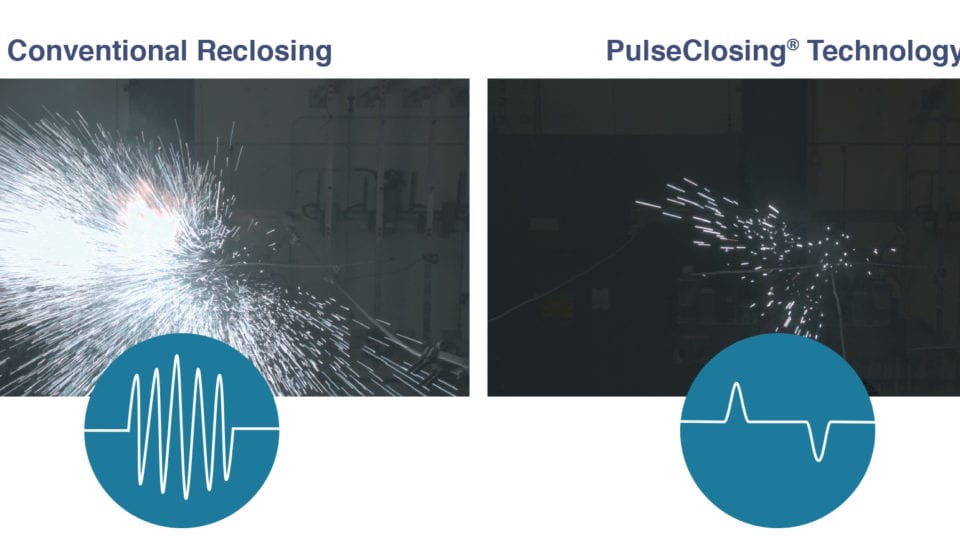Locating faults
Jonathan Hopkins, sales director EMEA at S&C Electric Company, highlights the importance of locating faults on cable sections of both mixed and underground circuits.
29th July 2018 by Networks

Traditionally, options for reclosing on mixed and underground circuits to locate faults have been limited. Mixed feeders are the most difficult to manage for reliability and protection, and they contribute highly to customer interruptions and customer minutes lost. They also are expensive to own and operate. Underground circuits have large numbers of customers, so utilities tend to prioritise repairing them for rapid restoration.
As such, how faults are located is important. High fault currents on cable sections of both mixed and underground circuits create the potential for reclosing to damage the power system. The typical overcurrent-protection system for such feeder sections uses a one-shot-to-lockout approach. Locating faults using this method is difficult, and the process involves thumping cables and trial-and-error switch-closing.
Protection of overhead and underground circuits is handled differently. On overhead lines, reclosing is used regularly to manage transient faults. However, on underground cables, no auto-reclosing is performed because of the harm it can cause equipment. But the damage still can occur with human-initiated reclosing, which can be performed many times in search of each underground fault.
PulseClosing Technology overcomes the equipment stress by using 95 per cent less energy than reclosing when locating faults, preventing damage to the system. Whereas most technologies are for either overhead or underground protection, PulseClosing Technology is field-proven and applies equally to both, including mixed feeders.
For further information on how PulseClosing Technology could benefit your network, contact
Comments
Login on register to comment
Related content

Power
The future for vegetation management
Why networks should focus on data not trees to overcome the costly challenges involved in vegetation management

Power
An unprecedented opportunity for change
Why short interruptions will matter in RIIO-ED2 and how to address them.

Power
Time for less talk and more action on decarbonisation
Core "oven-ready" solutions to decarbonising heat and transport exist today and should be implemented without delay, says WPD's future power networks expert.
Related supplier content
![‘Learning by doing’ on the road to net zero [test product]](https://networksonline.s3.amazonaws.com/products/images/3.jpg)
People & Skills
‘Learning by doing’ on the road to net zero [test product]
DSO director Andrew Roper discusses 'Learning by doing'

Power
Load patterns and lockdown: how Covid-19 is impacting electricity networks
Insights into dynamics on the low voltage network as the outbreak unfolds

Downloads
Protect electrical equipment from insulation failure
Insulation faults are a major cause leading to the eventual failure of electrical equipment. Partial discharge (PD) is a very reliable indicator of developing insulation faults. Regular PD testing allows users to detect and analyze PD activity